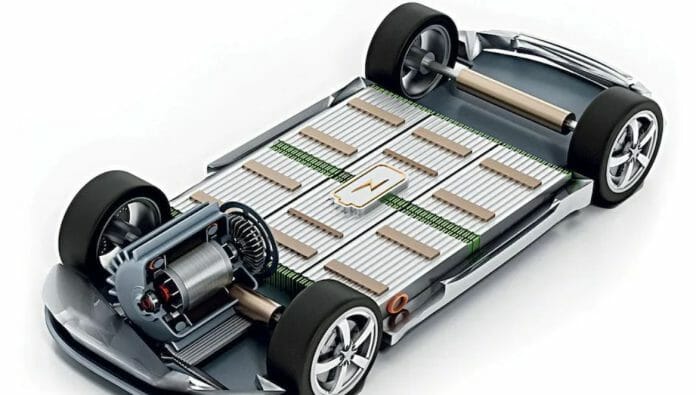Electric vehicles (EV) are such a thing to behold. Just the fact that they lack an exhaust and run about without petrol is a nod towards the future of transport.
And we have the BYD electric cars recently launched in Malaysia, their formidable presence on the roadside making people eager to hop on the EV bandwagon.
When EVs are brought into the discussion, we will undoubtedly touch on the aspect of sustainability, because is it not the primary purpose of an EV’s existence? The answer of course lies within the batteries that run these vehicles.
For starters, EV batteries are composed of many rare earth elements such as lithium, manganese and cobalt. According to a report by Nature, an average EV battery has 8 kg of lithium, 14 kg of cobalt, and 20 kg of manganese.
And when the word “rare” is being mentioned, we can already tell that mining or procuring these materials are not easy. Lithium, for example, poses quite a challenge since it is mainly found in South America and China, being produced from salt flats or underground brine reservoirs.
That said, a good deal of fuel needs to be expended to bring the material to the factory in the first place, assuming you are a manufacturer and is not located within said countries.
Second, lithium is extracted from brine by evaporating the water to leave behind the lithium-rich solution. Lots of water is used in the process. To make matters worse, lithium is usually found in arid places where the water supply is scarce. As though that is not bad enough, the residue can be radioactive, requiring time and resources to purify.
If the mining of lithium gives you a headache, then try cobalt. Toxic liquid often seeps out from the cobalt mines, polluting underground water that connects to farmlands and rivers. Highly toxic fumes containing sulphur oxide are also produced when cobalt ore is smelted.
Cobalt is not the only material that pollutes the air. Manganese, another vital component for making EV batteries, is mined in dry places which allows the dust to easily go airborne.
Now that we think about it, that is one truckload of pollution to get our wonderful EVs up and running. Departing from the manufacturing process, we must also examine the process to generate the electricity that charges the EV batteries.
Sadly, most charging stations rely on power plants that run on fossil fuel. So it seems that our EVs run on fossil fuel too. And here you have it, the bleak reality behind the idyllic image of EVs being the saviour of this planet.









